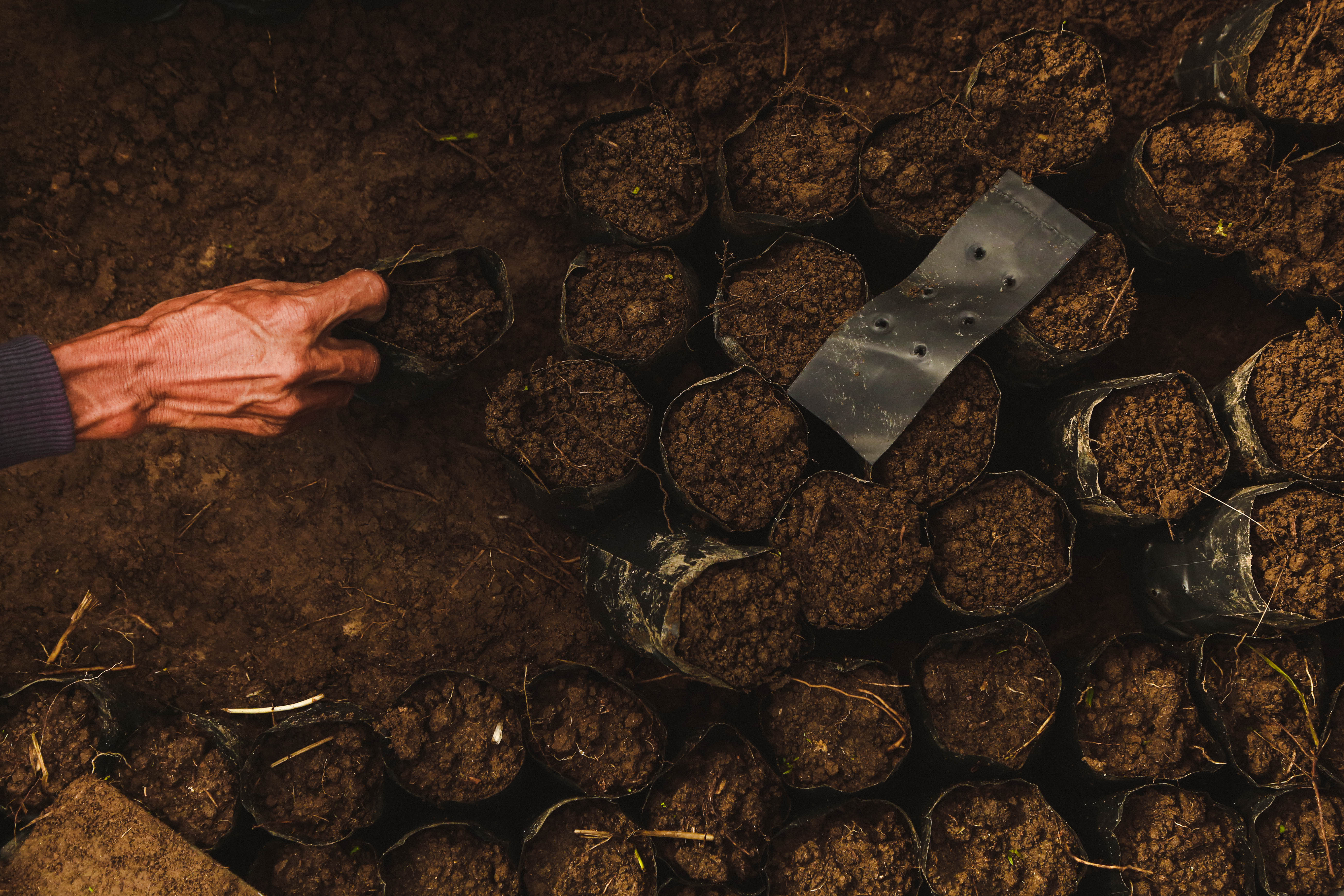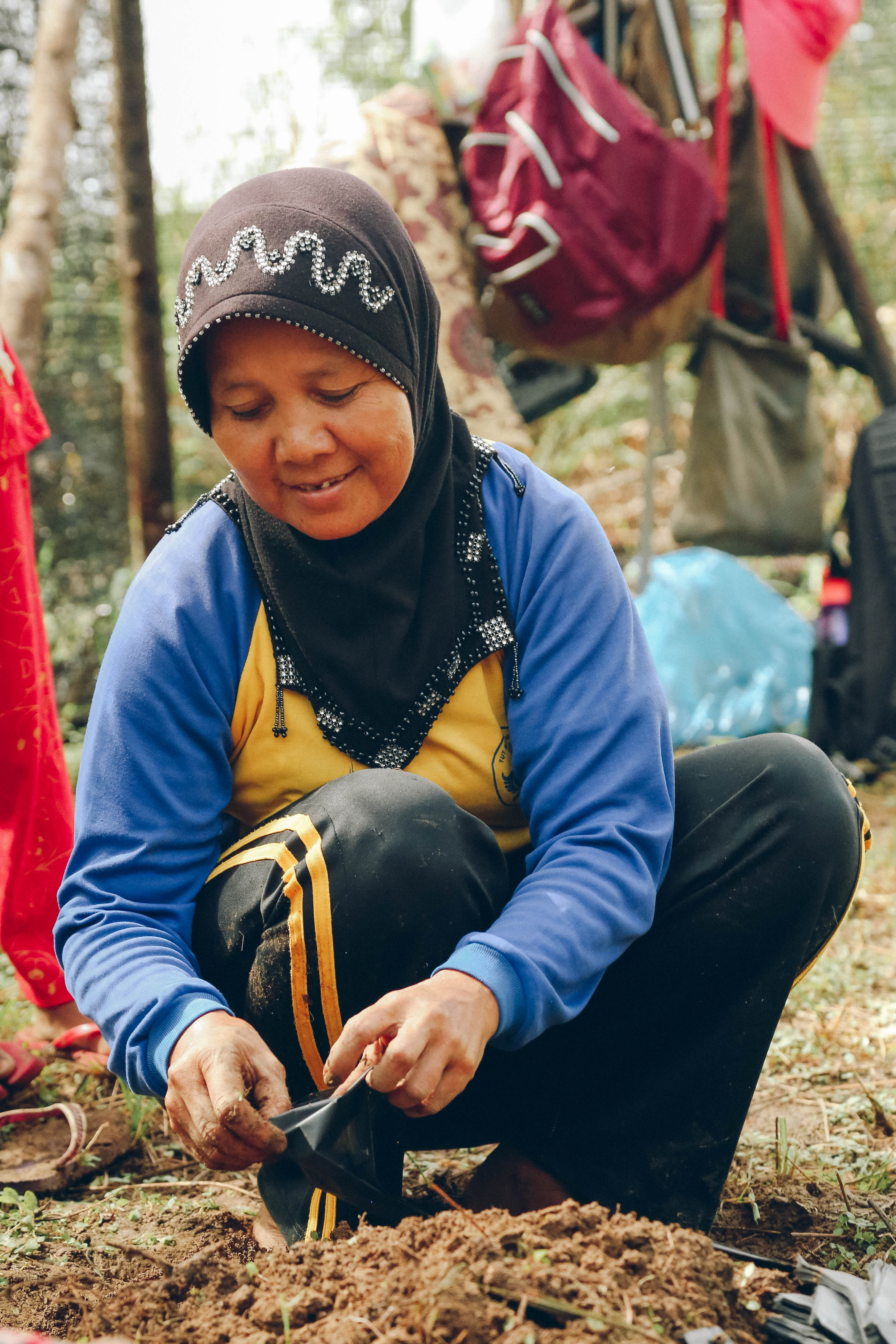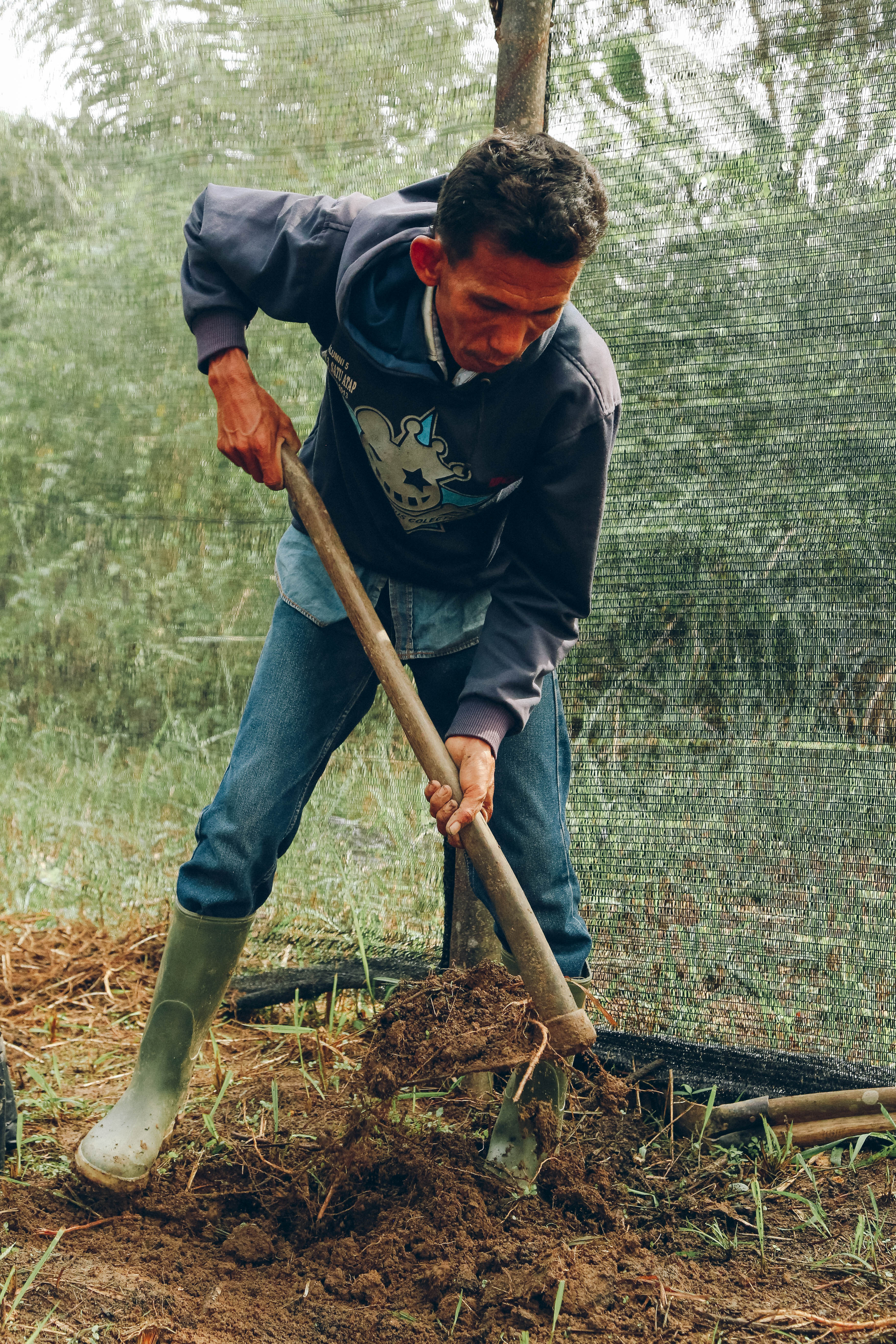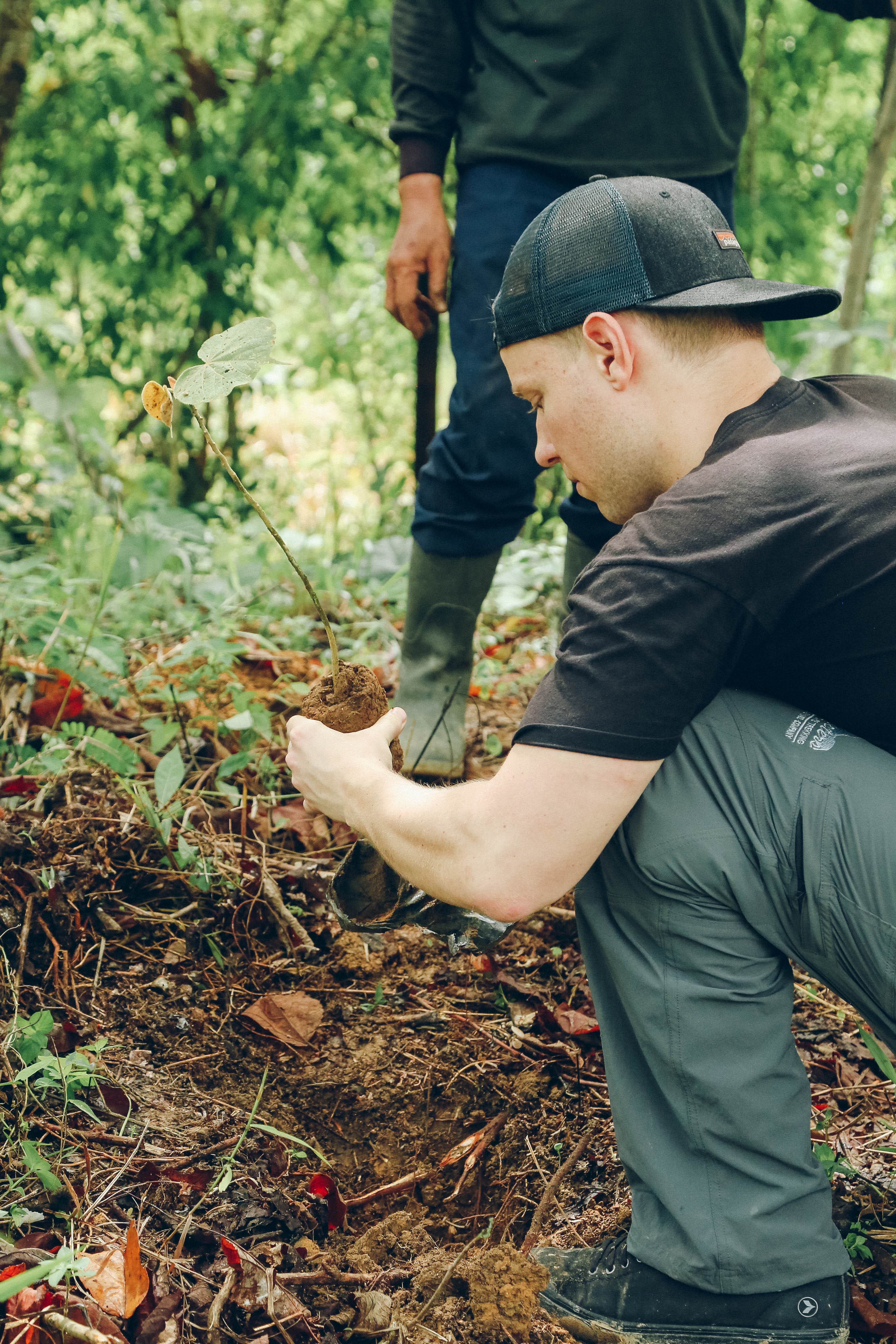Over 150 million trees are logged every year and turned into a fabric called either ‘rayon’ or ‘viscose’. An estimated 30% of these trees come from old growth forests that are critical hot spots of biodiversity and one of our planet’s most important defenses against climate change. As you’re reading this – ask yourself: if your favourite dress contributed to the destruction of one of our planet’s most valuable resources, would you look at it differently?
Fortunately, we can take actions as consumers and businesses to protect these forests. First, by supporting and valuing products that don’t require the destruction of endangered forests. Second, by repairing the damage already done. Some companies in the food and cosmetic industries have been instrumental in sharing the destructive nature of palm oil, it’s time for fashion to catch up.

Our first step at TAMGA was to find high quality fabrics from 100% sustainable wood sources. However, over two trips to the Leuser Ecosystem in Sumatra we’ve been stunned by the amount of forest that’s been destroyed. Regaining these forests means saving five critically endangered species from extinction and restoring a carbon absorption machine that we’ll never match through man-made inventions. Creating forest-friendly fashion is a piece of the solution but not the whole thing, this ecosystem needs a long-term plan and resources to re-build.
We’re lucky enough to have come across the Sumatran Orangutan Society (SOS) in our travels, a UK-based organization that was started by Lucy Wisdom, a young girl who had traveled to Sumatra to help in the rehabilitation of Orangutans. She soon realized that saving individual apes could not prevent the imminent extinction of the species as a result of habitat loss, and started her organization to take broader action. Lucy and SOS co-founded OIC with a team of Indonesian conservationists who live and work on the edge of the old growth forest, re-planting it and doing their best to stop further destruction.


"“Demand for clothing made with rayon, viscose and other wood-based fabrics is mounting, which means fashion is increasingly behind the devastating loss of endangered forests around the globe. We would like consumers to sit up and take notice. That means asking where the manufacturer sourced their materials from. And if they can’t answer, don’t buy it.” – Rachel Groves, S.O.S.
In May 2018, we traveled to Sumatra with our videographer to see OIC’s re-forestation projects first-hand. We stayed at one of their re-forestation sites on the edge of the old growth forest, on an open wood platform that was once burned down by groups who don’t want the forest protected. We hacked through vines in the old growth forest with a machete (swung expertly by on OIC team member), saw the devastating clear-cutting and burning of the old growth forest, and watched their team prepare thousands of indigenous trees to be planted. Already, OIC has planted more than 1.5 million seedlings, and wildlife such as Sumatran Elephants and Orangutans have begun to return (see the pics here!). We left the rainforest full of hope and appreciation for the hard work that’s being done to save the forests, animals and ultimately our planet.
Even in our limited capacity, we’re proud at TAMGA to be doing business in a way that protects and restores forests. As of June 2018, 1% of every sale that TAMGA makes goes to SOS and OIC’s re-forestation work in Sumatra. You can contribute by shopping our full collection of sustainable fashion here.








Leave a comment